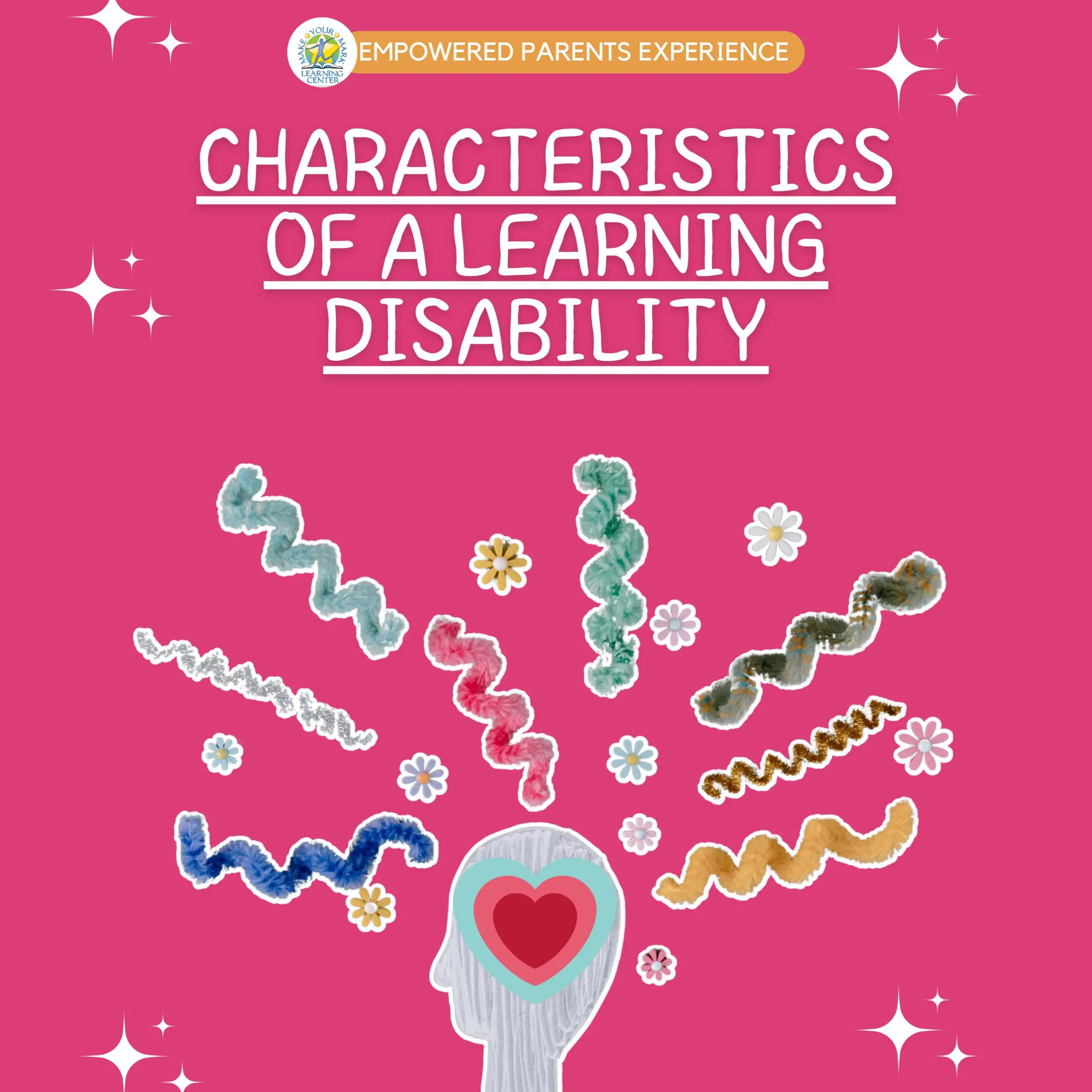
Characteristics of a Learning Disability
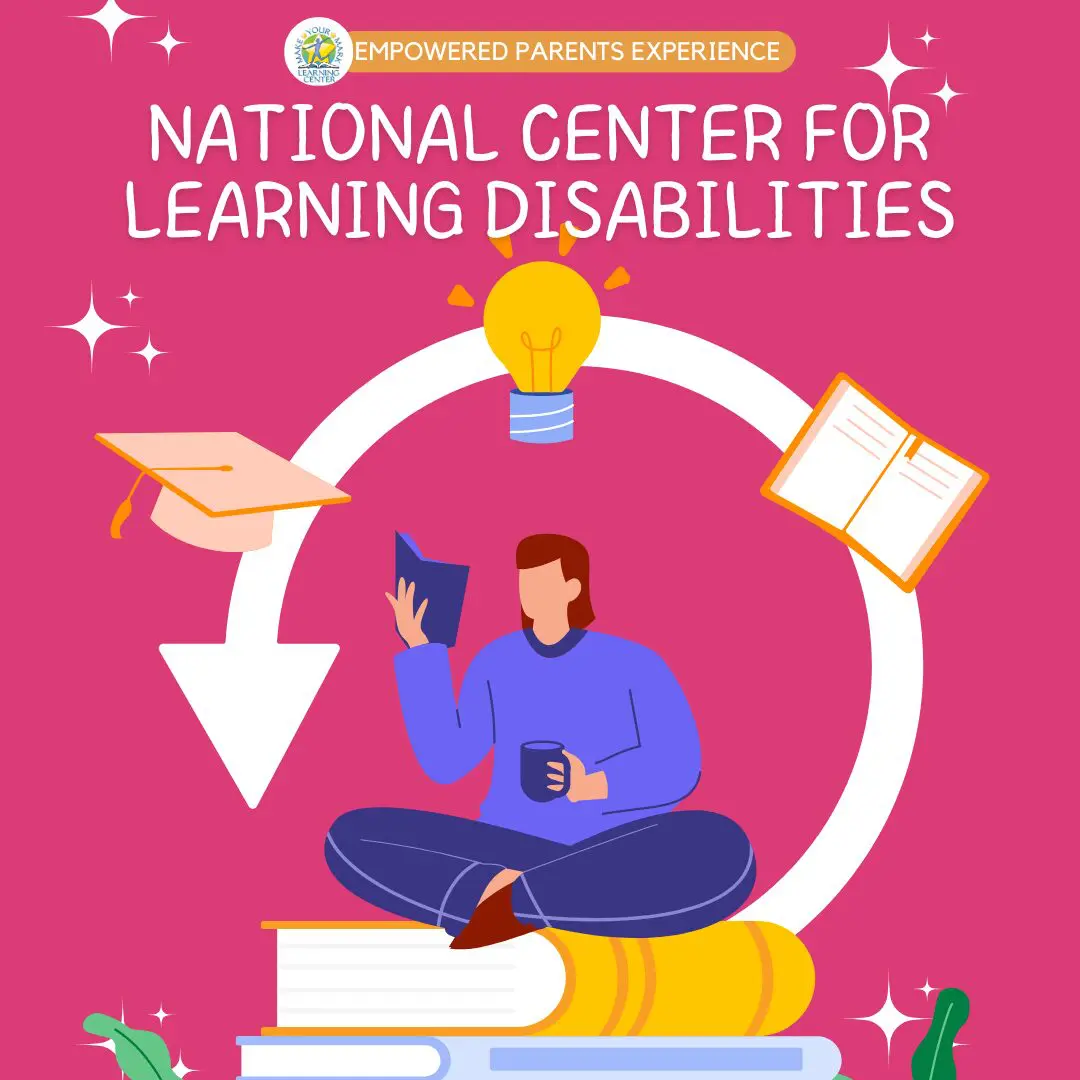
National Center for Learning Disabilities
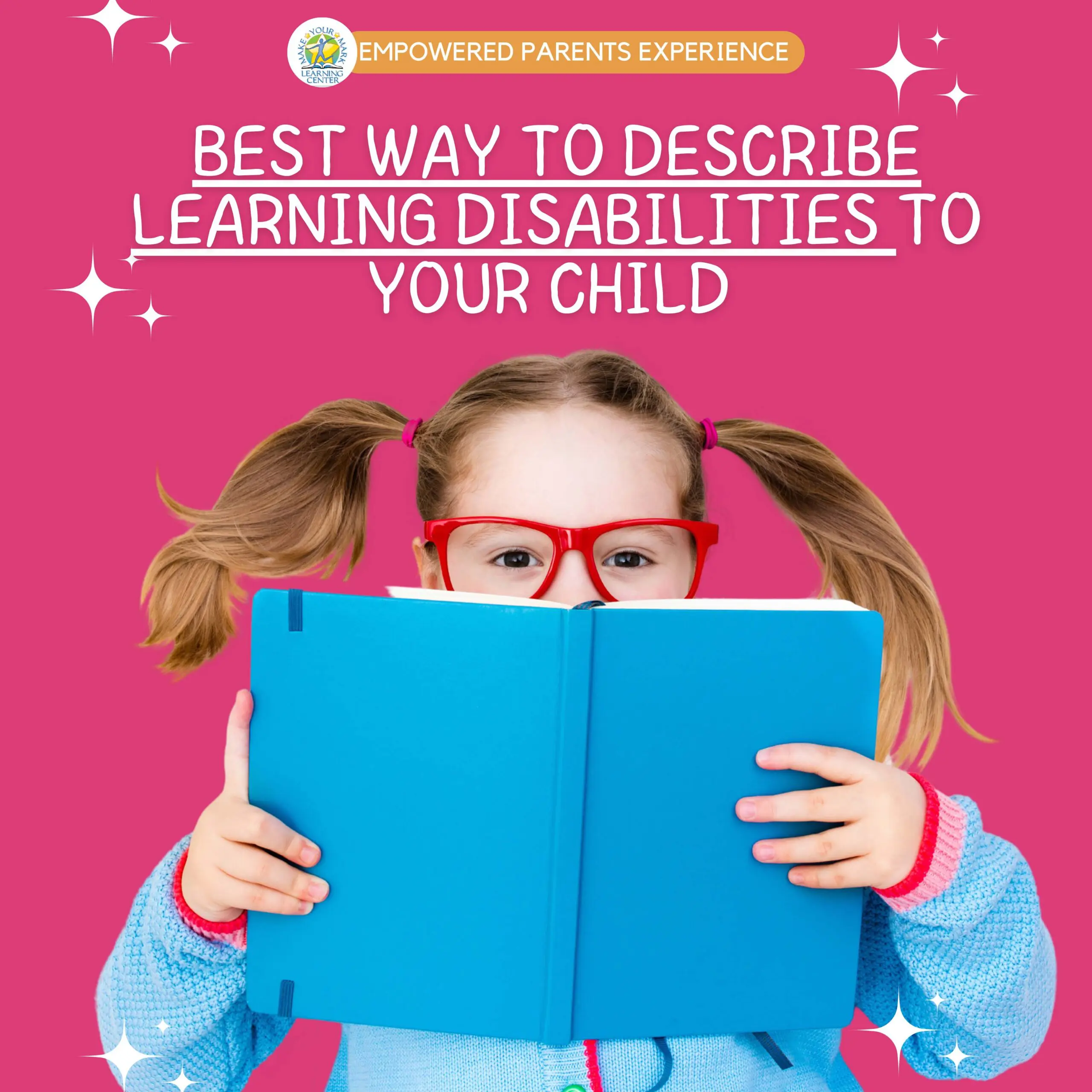
Best Way to Describe Learning Disabilities to Your Child
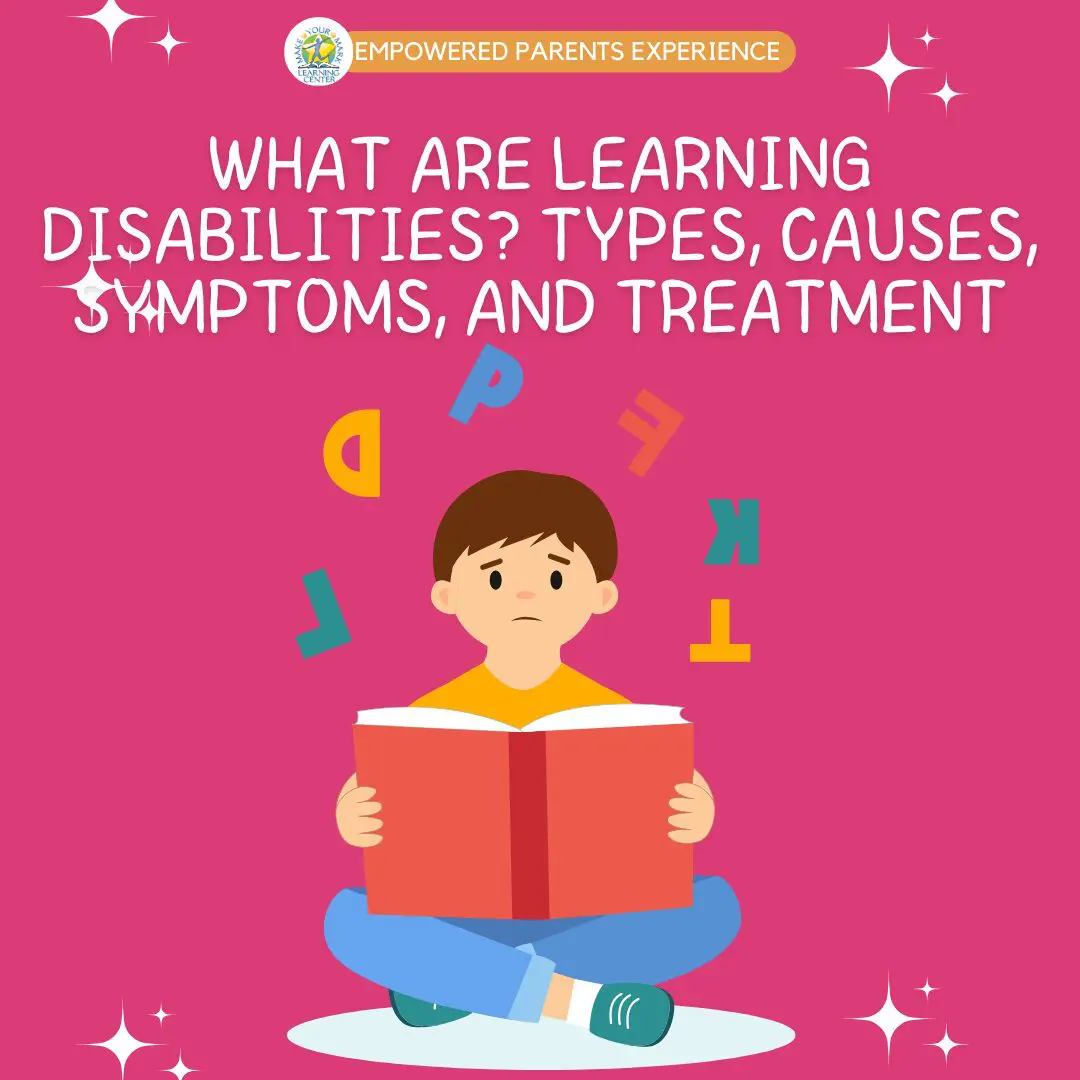
What Are Learning Disabilities Types, Causes, Symptoms
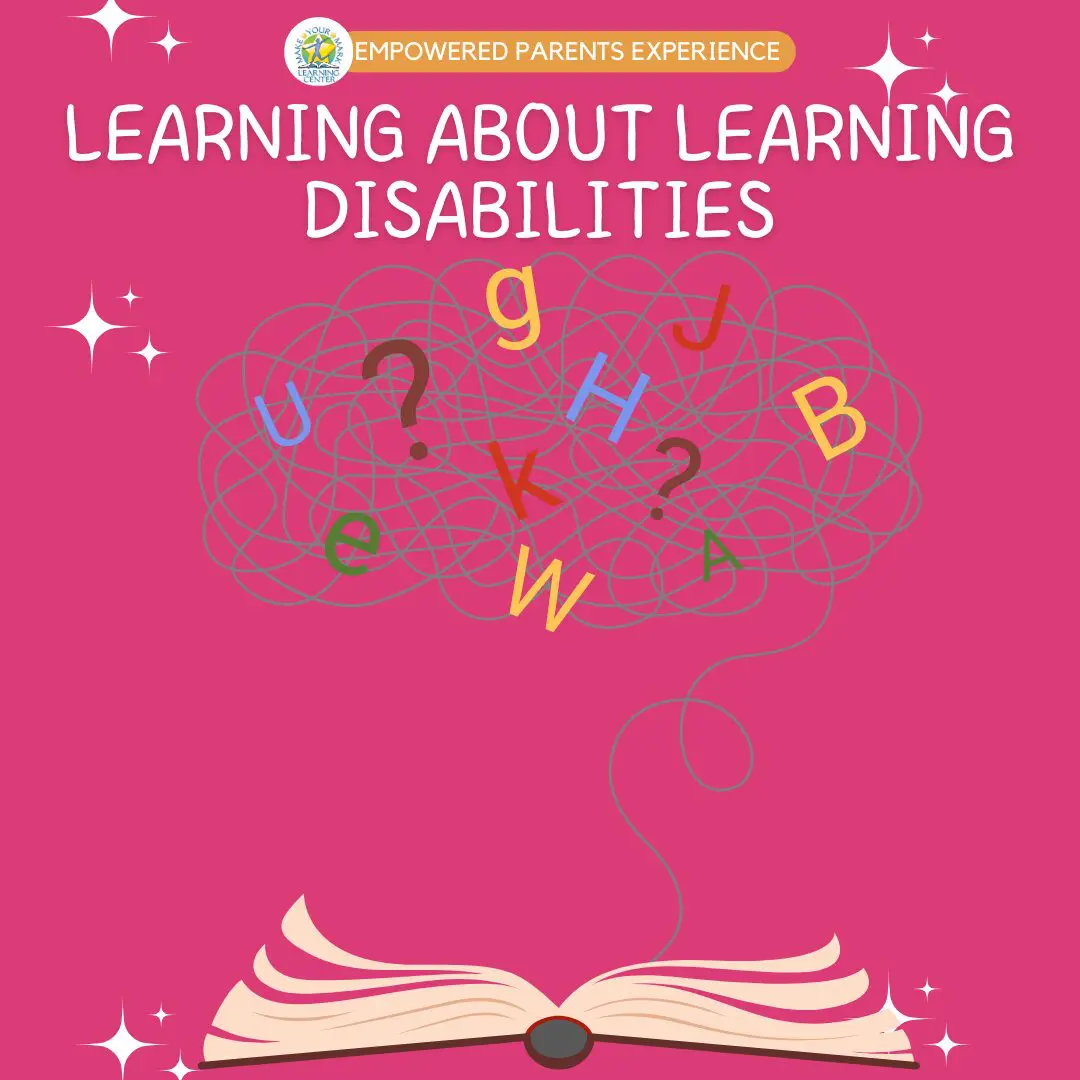
Learning about Learning Disabilities
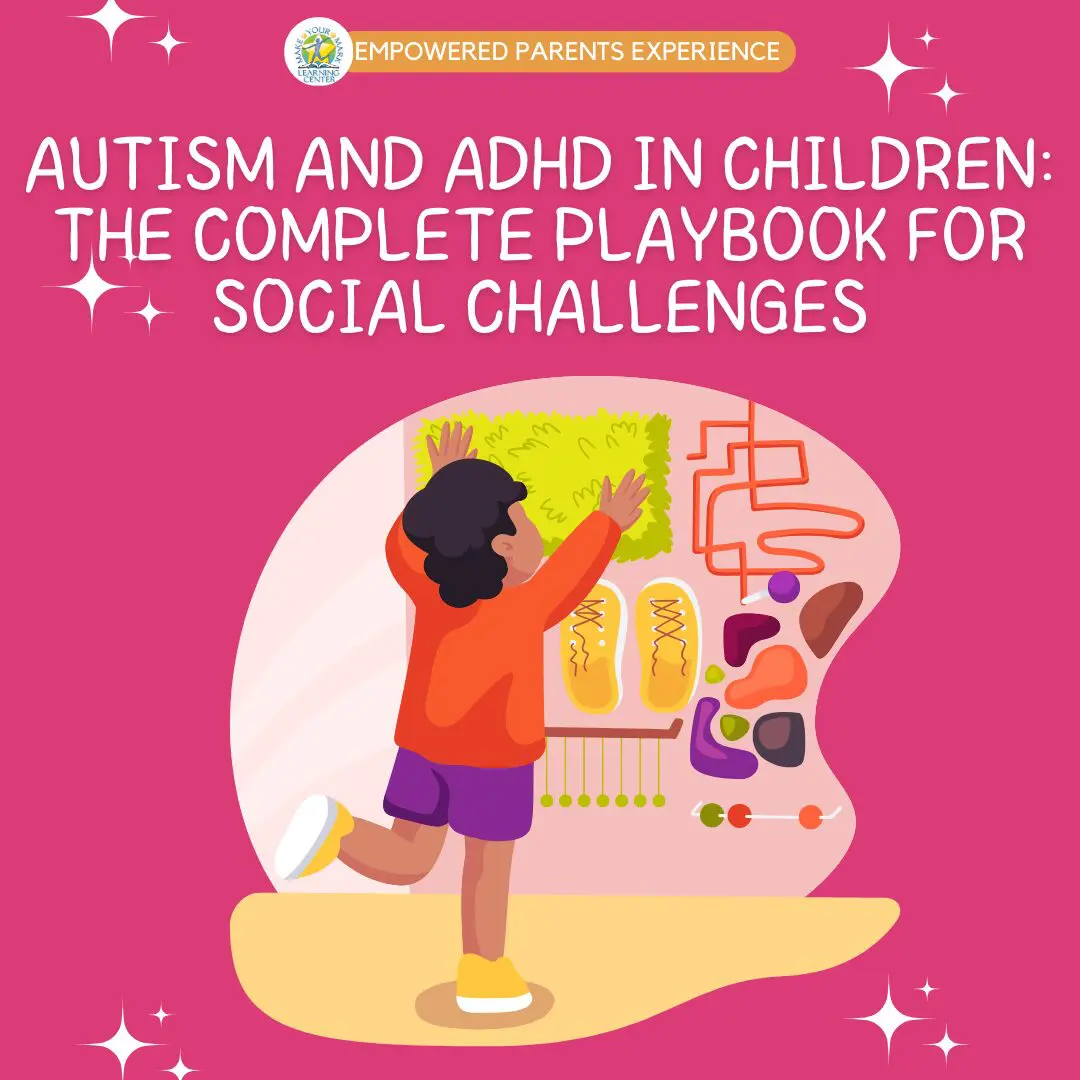
Autism and ADHD in Children The Complete Playbook for Social Challenges
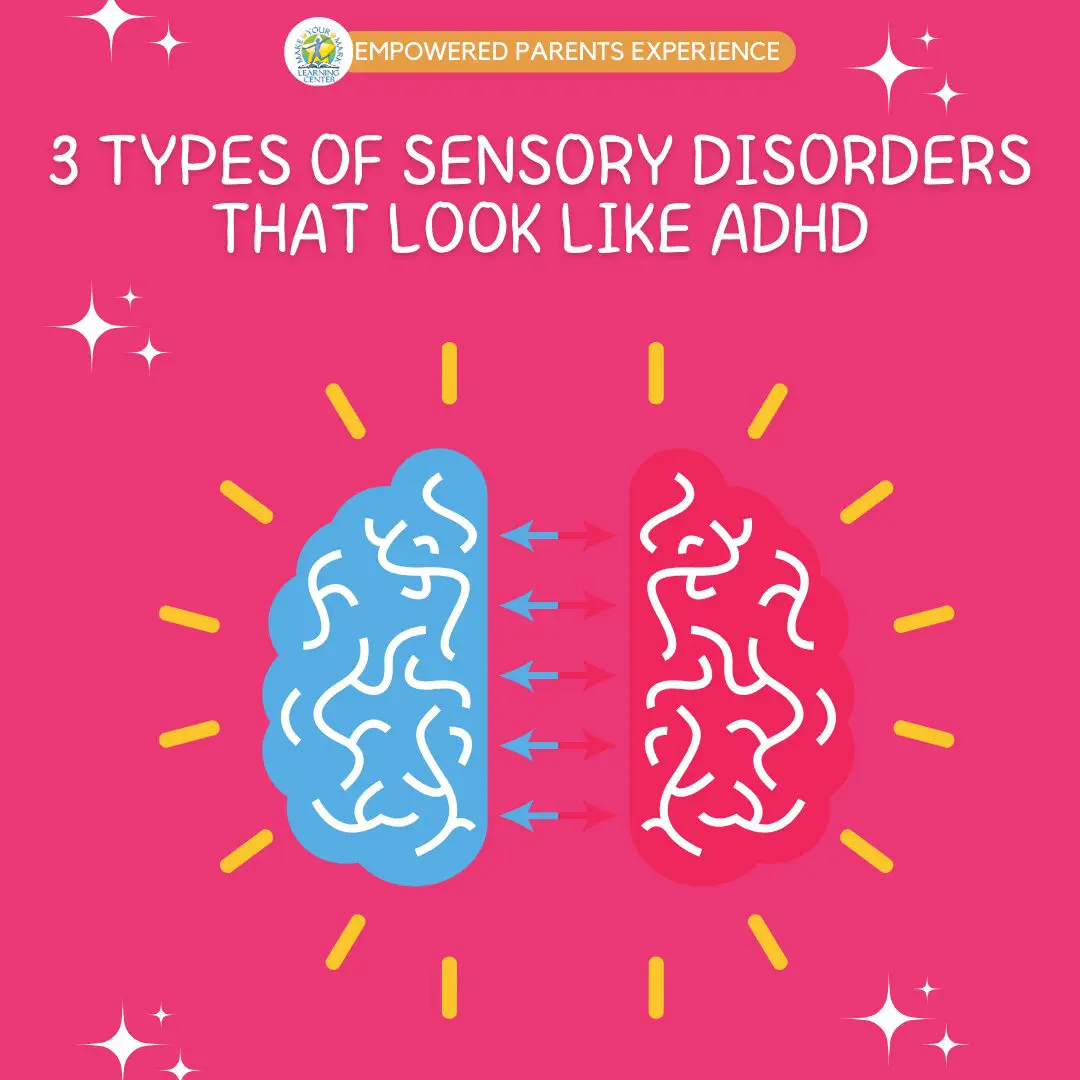
3 Types of Sensory Disorders That Look Like ADHD

